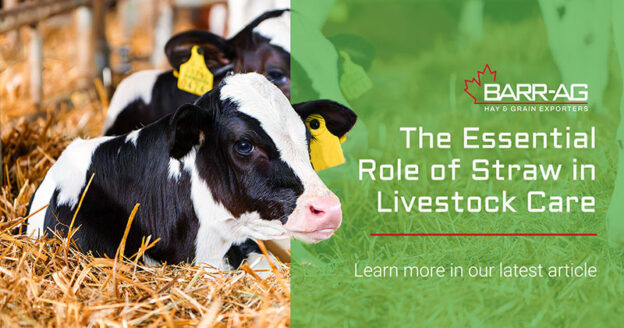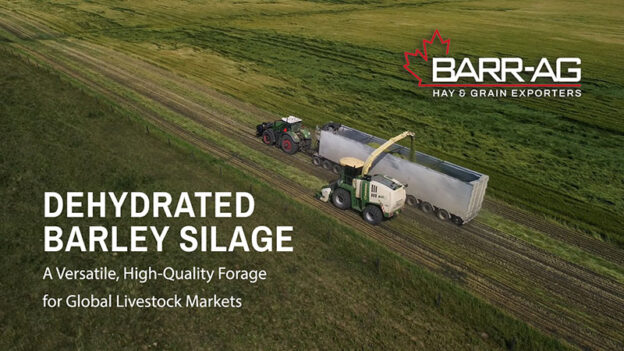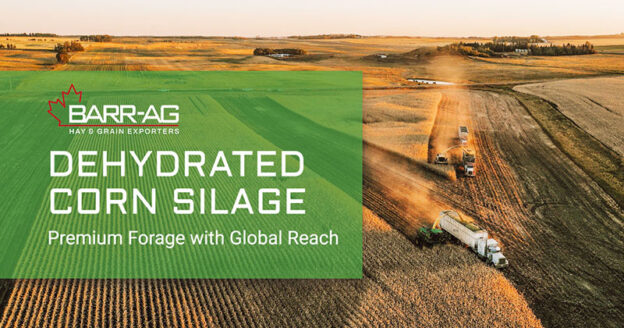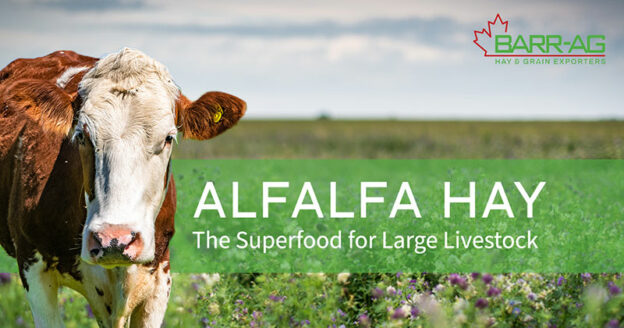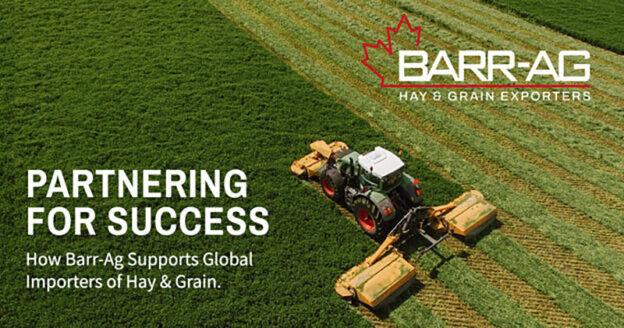Straw is one of the most versatile and valuable byproducts in livestock farming. While it may often be overlooked, straw plays a critical role in maintaining animal health and comfort on farms and ranches around the world. Whether used as bedding or as part of a feeding strategy, straw contributes to cleaner, healthier environments and supports efficient livestock management.
Straw for Bedding: Comfort, Cleanliness, and Insulation
Livestock require clean, dry spaces to rest and thrive. Straw is an ideal bedding material because of its natural absorbency, softness, and insulation properties. It helps provide a comfortable resting area and helps maintain a dry, clean environment by promoting airflow and limiting moisture buildup
Wheat, barley, and oat straw are commonly used, each offering unique characteristics:
- Wheat straw is durable and hollow-stemmed, making it easy to handle and highly absorbent.
- Barley straw is softer, which is often preferred for horses and animals with more sensitive skin.
- Oat straw provides good cushioning but breaks down more quickly, making it suitable for short-term bedding needs.
A well-bedded environment improves animal welfare, reduces stress, and contributes to overall quality of life.
Straw in Feed: A Valuable Roughage Source
While straw is not a primary source of nutrients, it does play an important role as roughage in diets of livestock, especially for ruminants such as cattle and sheep. Its high fiber content supports rumen function by stimulating chewing activity and saliva production.
Straw is often used to stretch feed supplies during shortages, balance high-energy rations, or reduce the risk of digestive disorders in confined feeding situations. However, quality is essential; only clean, dry, mold-free straw should be used in feed to avoid health complications.
Understanding Straw Quality and Grades
Not all straw is created equal. Quality can vary depending on harvest conditions, handling, and storage. At Barr-Ag, we offer a range of straw grades to match different livestock and operational needs:
- Premium Grade: Bright, golden, dust-free straw ideal for export or high-performance animal facilities.
- Feed Grade: Sorted specifically for safe inclusion in livestock rations.
- Utility Grade: A reliable choice for general-use bedding on large farms and on ranches.
Canadian straw is especially sought after for its cleanliness, consistency, and long stalks. Our straw is carefully sourced from top-producing regions in Western Canada and stored to preserve its integrity until it reaches your operation.

Looking for High-Quality Straw You Can Rely On?
At Barr-Ag, we specialize in premium Canadian straw for bedding, feed, and export. With a commitment to quality, consistency, and customer service, we help farms of all sizes create healthier environments and more efficient feeding systems.
Contact Barr-Ag today to learn more about our straw products and how we can support your livestock operation with dependable, high-grade solutions.




